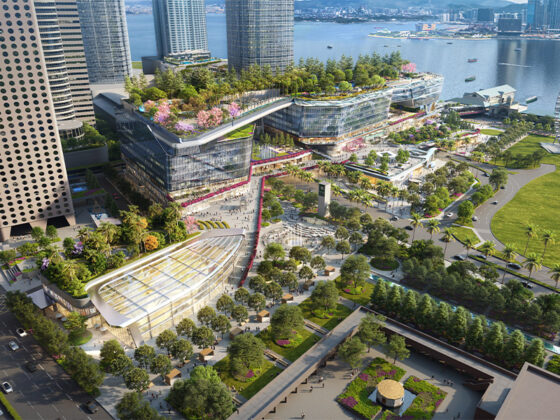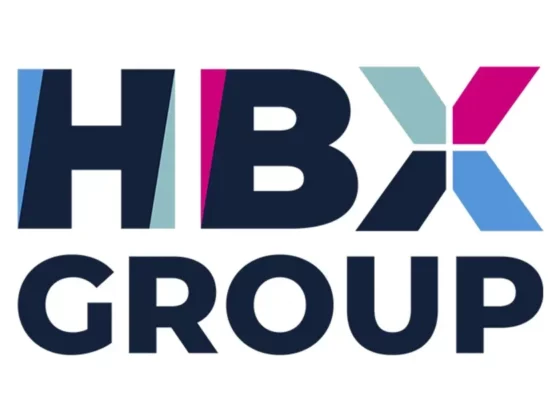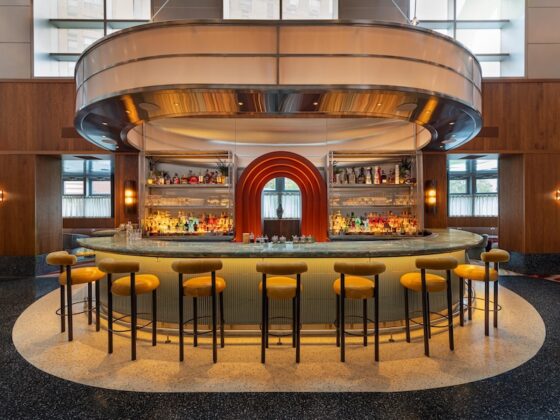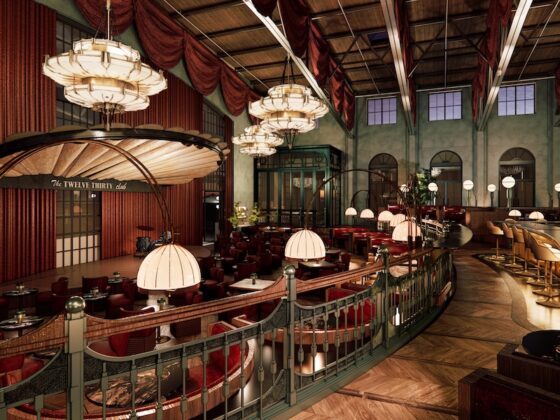Over the past several years, there has been a constant debate around automation in hotels and the dilemma between human interactions and machines. While hotels are a relationship-based service industry, the last decade has proven that the guests don’t appreciate waiting in line and that transaction-type interactions (payments, invoice printing, et cetera) have a low added value. In those interactions, only automation can help.
This is why automation technologies have increasingly become a favorite tool amongst hotel operators and it’s easy to see why: they can be powerful allies in maximizing manpower, streamlining efficiencies, reducing costs, improving processes, and improving sustainability. As a neat little bonus, they also help ensure guests have access to what they want when they want it.
Benefits can include faster ordering and payments at restaurants, check-in kiosks that reduce the time a guest must wait to complete the check-in process, convenient control of lights, curtains, or temperature in guest rooms, seamless invoicing, mobile keys that allow access to rooms via a guest’s own device, and many more applications.
It is important to note, that the full implementation of this technology doesn’t end with selecting the suitable solution for your own property and then partnering with a vendor. The biggest portion of the work is implementing the solutions in your daily operations, and, to do this, the entire staff must be clear on the whys and the benefits of the new tech, not to mention trained and well-versed in how to use it.


Another important consideration is interfacing. When so much technology is available, it is natural that the ecosystem will consist of a large variety of players or providers. A patchwork of different solutions, software, and systems defeats the purpose of streamlining, as information silos are created and redundancy is sure to set in, requiring staff to perform double work and killing any efficiencies that would otherwise be created by the solution in the first place.
This infographic below details five types of automation technologies and how each of them offers solutions for different departments in your hotel in order to facilitate the aforementioned improvements.
What it is: An easy definition of cloud computing is to offer products and services – such as software, storage, databases, analytic capabilities, and so on – remotely over the internet (with the space being referred to as “cloud”) as opposed to hosting these services at a physical location or having products installed at a property level.
Departments that benefit: All of them
Examples of solutions: PMS, mobile apps, POS, e-menus, Building Management Systems, payment gateways
RELATED
What it is: The internet of things is typically defined as a network of physical tools with sensors and software that can exchange data remotely. It is the technology behind what we now call smart homes, for example.
Departments that benefit: Rooms Division, F&B, Security, Engineering
Examples of solutions: RFID tags, IoT sensors, in-room controls, HVAC Systems
What it is: As explained by Stephen Burke in this interview, RPA are software “robots” designed to automate all sorts of digital tasks. They reduce the need for staff to do repetitive or boring daily tasks and pave the way for more efficacious use of their time.
Departments that benefit: Rooms Division, F&B, Finance, Revenue Management, HR
Examples of solutions: Chatbots, automated HR systems, automated reservations replies, Automated Reconciliation Systems
What it is: This comprises programmable machines that are designed and built to perform specific tasks. Unlike their digital counterparts in RPA, these are physical robots that can be helpful in performing more manual jobs.
Departments that benefit: Front Office, Housekeeping, F&B
Examples of solutions: robotic vacuums, autonomous housekeeping, and luggage carts, robot baristas
What it is: AI can be understood as a machine, or computer, that is programmed to “think” and make decisions as a human brain would. It relies heavily on the input of massive amounts of good and relevant data to generate the best outcomes. More advanced computers, however, are capable of building on that data by using algorithms and statistical models to start making associations and inferences of their own – which is called Machine Learning.
Departments that benefit: All
Examples of solutions: Housekeeping Room assignment, AI-powered RMS, CRM, intelligent video surveillance, AI/ML Algorithms







